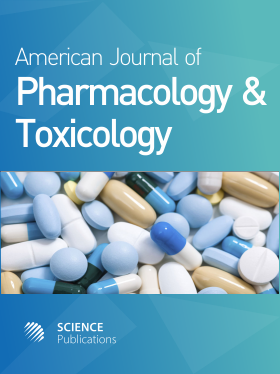Reproductive Toxicology of Tartrazine (FD and C Yellow No. 5) in Swiss Albino Mice
- 1 University of Oran, Algeria
Abstract
Problem statement: Tartrazine (FD and C Yellow No. 5) is an orange-colored widely used in food products, drugs and cosmetics. This color has a potential toxicological risk. The current study evaluated the effect of sub-chronic consumption of tartrazine on the male reproductive system. Approach: Tartrazine was administered to adult male mice in drinking water at doses of 0, 0.1, 1 and 2.5% for 13 weeks. After that period, the weights of testes, epididymides and seminal vesicles were determined. Sperm counts in the testis and epididymides, motility, morphology and testis histology were assessed. Results: Body weight gain, absolute and relative testis, epididymis and seminal vesicles weights did not change. However, sperm count was decreased and sperm abnormalities were increased in the 2.5% tartrazine treated groups compared to the control. Sperm motility and histological changes in testis were observed in the middle and high treated groups. Conclusion/Recommendations: We concluded that excessive tartrazine consumption can have adverse effects on the male reproductive function. We suggested conducting surveys among the population to estimate their daily intake.
DOI: https://doi.org/10.3844/ajptsp.2009.130.135

- 4,522 Views
- 4,665 Downloads
- 41 Citations
Download
Keywords
- Subchronic toxicity
- tartrazine
- sperm counts
- motility
- morphology
- mouse
